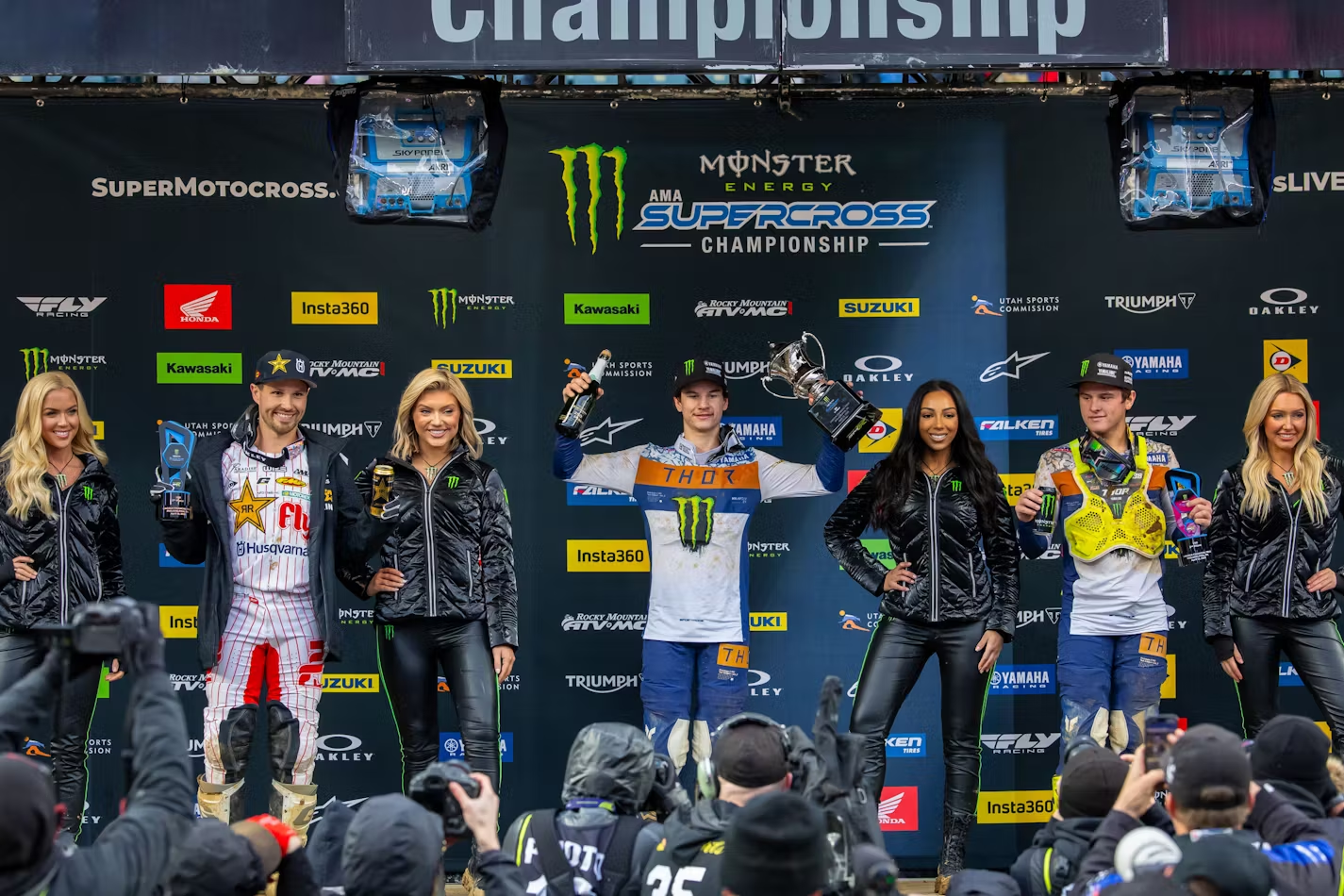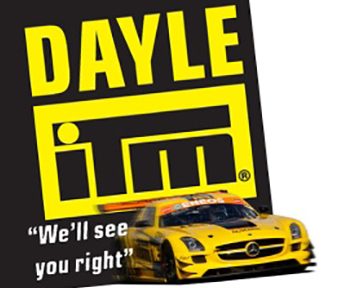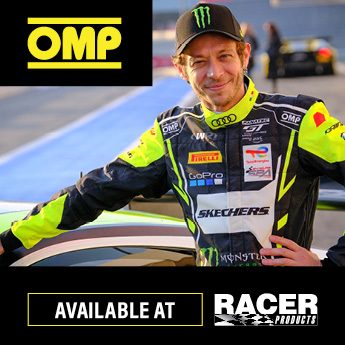Ford lovers and motorsport enthusiasts will be treated to a rare on-track demonstration of two famous Zakspeed machines at next months’ Taupō Historic GP: one of only five Group 5 1977 Escorts, and the Division 2 1981 chassis Group 5 Capri.
The Division 2 1981 Group 5 Zakspeed Capri
It wasn’t until 1976, ten years after the inception of Group 5, that the FIA introduced its Special Production Car category. This allowed extensive modification to any car homologated through Groups 1-4.
Only the bonnet, roof, doors and rail panel had to be left unmodified to maintain the lines and shape of the production car. german race team Zakspeed took full advantage of that recently unchained freedom and developed its awe-gazing, full race-spec Ford Capri donned with limitless aerodynamic bits and a massively overpowered engine.
To keep weight at a minimal, Zakspeed designed the majority of the Capri’s body panels from Kevlar-reinforced plastic. The floor of the cockpit was said to be made of a sheet of aluminium so thin it concaved whenever a driver stepped onto it. All in all, the Capri hit the scales weighing just 790kgs.
Zakspeed had intended to race the Capri in the Deutsche Rennsport Meisterschaft (DRM), the forerunner of the modern DTM. The idea was to build a race car capable of taking the fight to the likes of Porsche and BMW on their home turf.
The rules for the DRM were complicated. There were two speed divisions: Division 1 for more powerful cars, and Division 2 for cars with a more subdued engine.
Zakspeed entered both divisions. In Division 1, the engine that had been picked for the Capri was a 1.7L Kent 4-cylinder fitted with a pair of KKK turbochargers, two Garrett intercoolers, and a Bosch fuel injection system.
For Division 2, the Capri utilised a slightly tamer in-line four-cylinder 1.4-litre engine with just a single turbo to improve reliability.

In charge of getting the power to the rear wheels in both machines was a Getrag 5-speed gearbox. The result was 600bhp and a top speed of 186mph.
To give Ford and Zakspeed the best shot at winning the title, the team poached reigning DRM champion Klaus Ludwig and rising German star Manfred Winkelhock for the 1980 season.
Despite still seeing the championship slip away into the hands of Lancia after having their points stripped from them, Zakspeed continued experimenting with the floor of the car and, importantly, the role of ground effect.
The result was the introduction of a full-length venturi tunnel with flexible side skirts, which decreased the pressure between the bottom of the car and the track. The lower pressure had the car stick to the surface of the road, giving the Capri superior corner grip.
This was especially true in the earlier portions of each race as soon the side skirts would wear themselves down as the race progressed.
Winkelhock claimed six wins from 13 races in class in the 1981 season. Ludwig, meanwhile, was tasked with driving the more tamed back Division 2 car and he won 11 of the 13 races in class.
Crucially, the DRM awarded the same number of points in each class. So, winner in Division 1 was awarded equal points to the winner of Division 2.
However, there was only one championship, so it was mathematically just as easy for a Division 2 car to win the overall title.
That is precisely what occurred for the 1981 season. Ludwig, by the fortune of having the superior reliability, claimed the overall championship despite being up against the more sinister Division 1 machines.
The 1977 Group 5 Escort
The 1977 Group 5 Escort remains one of only five ever built by Zakspeed. It is probably the only genuine Zakspeed Group 5 Escort left competing anywhere in the world.
After stints in Group 2, the Escort was converted by Zakspeed to Group 5 specification for Hans Heyer to drive in the 1977 DRM championship.

Christchurch race car engineer Gary Wilkinson discovered the Escort in Malaysia after racing in the Macau Grand Prix several years later in a sorry state.
Wilkinson brought the car back to New Zealand and conducted a thorough ground-up restoration of the highest standard.
Many of the car’s components such as the suspension uprights, bell-housing and differential housing were magnesium. They had deteriorated to the extent Wilkinson had to re-make them or import replacements from Germany.
Wilkinson has painstakingly tried to return the Escort to its 1977 title-winning specification. He has retained the original 1975cc capacity and original Lucas 8mm fuel-injection system, giving the car a punch of 296bhp.
The car has since returned to the race track with appearances at the Hampton Downs New Zealand Festival of Motor Racing, the Lady Wigram meeting, the Skope Classic, and the Southern Speed Fest at Invercargill.
Next year will mark its debut outing in the Taupo Historic Grand Prix.
The event will run from January 22 – 24 and feature classes including the New Zealand Formula 5000 series, Historic Muscle and Saloon Cars, Formula Juniors and Sports Cars predating 1970

















Where do I get tickets for this event. Thanks. Robin.
https://www.brucemclarenmotorsportpark.com/whats-on/taupo-historic-gp-2021-featuring-the-great-history-of-ford-racing/